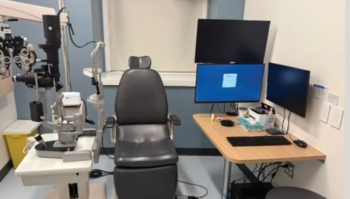
Canaloplasty: a new path for glaucoma surgery
Canaloplasty can offer a number of advantages over other techniques... by enhancing aqueous outflow without creating a bleb
The idea of non-penetrating surgery to lower intraocular pressure (IOP) has increased in popularity and today several such methods are used. For example, I stopped performing trabeculectomies in 1997 and began using the viscocanalostomy technique instead, which is far less invasive. However, this also has its drawbacks; such as not being able to open Schlemm's canal throughout the complete circumference of the anatomy. Additionally, the risk of failure associated with this procedure stems from the possible closure of the ostia of Schlemm's canal during the healing process postoperatively.
Why choose canaloplsty?
The iTrack has a diameter of 200 μm and an atraumatic soft tip. A helium-neon light source called the iLumin provides a visible reference point for the microcatheter tip during canaloplasty. This beacon tip provides direct visualization of the microcatheter location within Schlemm's canal, enhancing surgeon control and the microcatheter tip contains a lumen for the injection of viscoelastic.
In conjunction with the microcatheter and illumination system, a new high-resolution ultrasound system provides accurate localization of Schlemm's canal and can also provide confirmation of the outcome of canaloplasty.
Step-by-step
Newsletter
Get the essential updates shaping the future of pharma manufacturing and compliance—subscribe today to Pharmaceutical Technology and never miss a breakthrough.







































